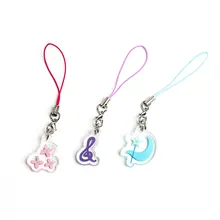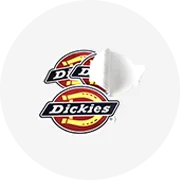Exploring the Versatility of Electronic Keyrings
The electronic keyring is a modern twist on the traditional keychain, integrating technology to offer more than just a means of holding keys. This category encompasses a variety of products designed to meet the diverse needs of users, from simple designs to multifunctional gadgets.
Types and Materials
Electronic keyrings come in several types, including basic models that serve as decorative items and advanced versions like the electronic turbo keychain, which may include features such as LED lights or sound effects. The materials used in these keyrings range from metals like zinc alloy and stainless steel to durable plastics, each selected for its durability and aesthetic appeal.
Features and Applications
These keyrings often incorporate features such as digital or silk screen printing, with some offering UV printing for a more durable finish. The applications are varied, with some designed as promotional keychains or carabiners, while others serve as practical gifts or decorative items for personal use.
Customization Options
Customization is a key aspect of electronic keyrings, with options available in color choices, from single-color designs to those with four-color graphics. This allows for a personalized touch, making them suitable for corporate branding or personal expression.
Advantages of Electronic Key Chains
The advantage of an electronic key chain lies in its functionality and the added value it brings to the traditional key holder. These keyrings can offer additional features such as built-in flashlights or small electronic gadgets, enhancing their utility.
Choosing the Right Electronic Keyring
When selecting an electronic keyring, it's important to consider the intended use, whether for personal use or as a promotional item. The choice of material, type of printing, and additional features should align with the user's needs and preferences.



































 浙公网安备 33010002000092号
浙公网安备 33010002000092号 浙B2-20120091-4
浙B2-20120091-4